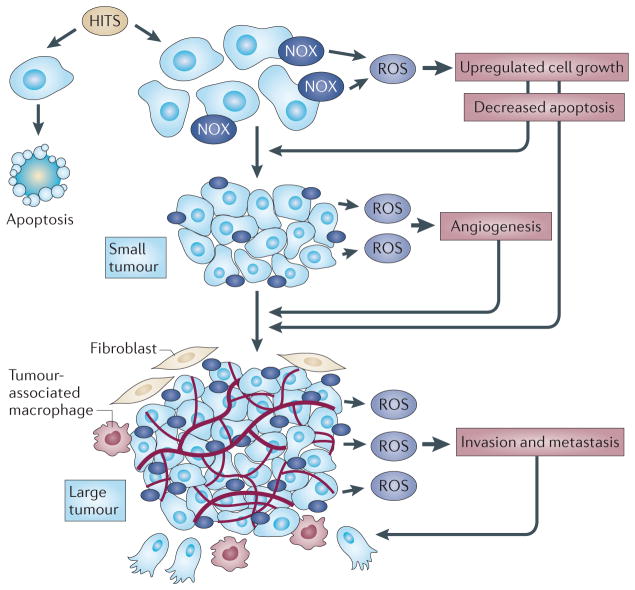Figure 3. A hypothesis for the function of NOX-derived ROS in the progression of carcinogenesis.
Multiple genetic and epigenetic alterations (HITS) are required for cellular transformation. The cells that upregulate NADPH oxidase (NOX) oxidases and NOX-derived reactive oxygen species (ROS) will maintain unregulated cell growth, evade cell death and progress towards the development of a clinically relevant tumour. Cells that do not activate NOX-derived ROS and that have intact apoptotic pathways will undergo apoptosis or necrosis. In tumours of approximately ~1–2 mm in diameter, NOX oxidases sense hypoxia and can help to mediate activation of the angiogenic switch while maintaining unregulated cell growth and evasion of cell death. As the tumour continues to grow, a complex tumour environment, including stromal cells, endothelial cells and tumour-associated macrophages (TAMs), secrete various metastatic agonists. NOX oxidases are responsive to the extracellular fluid surrounding the tumour environment and facilitate invasion and metastasis.

